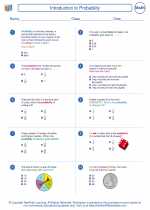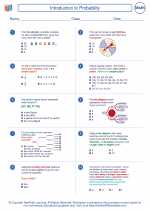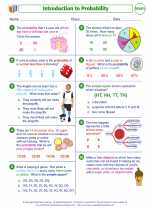Numerical Methods Study Guide
Numerical methods are techniques used to approximate solutions to mathematical problems that are difficult or impossible to solve exactly. These methods are especially useful when dealing with complex equations, integrals, and differential equations.
Types of Numerical Methods
There are several types of numerical methods, including:
- Root Finding Methods: These methods are used to find the roots of an equation, i.e., the values of the variable for which the equation is equal to zero. Common root-finding methods include the bisection method, the Newton-Raphson method, and the secant method.
- Interpolation and Extrapolation: These methods are used to estimate the value of a function between known data points (interpolation) or beyond the range of known data (extrapolation). Common techniques include linear interpolation, polynomial interpolation, and spline interpolation.
- Numerical Integration: These methods are used to approximate the definite integral of a function over a given interval. Techniques such as the trapezoidal rule, Simpson's rule, and Romberg integration are commonly used for numerical integration.
- Numerical Solution of Differential Equations: These methods are used to approximate the solutions of differential equations when an exact solution is not feasible. Numerical techniques for solving ordinary differential equations include Euler's method, the Runge-Kutta methods, and the finite difference method.
Applications of Numerical Methods
Numerical methods are widely used in various fields, including engineering, physics, computer science, and finance. Some common applications of numerical methods include:
- Simulating physical systems and predicting their behavior over time.
- Optimizing complex systems and processes by finding the best solutions within given constraints.
- Modeling and analyzing financial markets and economic systems.
- Designing and analyzing algorithms for computer simulations and data processing.
Study Tips
When studying numerical methods, it's important to:
- Understand the underlying mathematical principles and concepts behind each numerical method.
- Practice applying different numerical methods to solve problems and compare the results with exact solutions whenever possible.
- Be familiar with the advantages and limitations of each numerical method, as well as the conditions under which they are most effective.
- Use programming languages such as Python, MATLAB, or R to implement numerical methods and analyze their performance on real-world problems.
- Seek out additional resources such as textbooks, online tutorials, and practical examples to deepen your understanding of numerical methods.
By mastering numerical methods, you'll gain valuable problem-solving skills and a powerful set of tools for tackling complex mathematical problems in various disciplines.
.◂Math Worksheets and Study Guides Seventh Grade. Introduction to Probability
Study Guide Introduction to Probability
Introduction to Probability  Worksheet/Answer key
Worksheet/Answer key Introduction to Probability
Introduction to Probability  Worksheet/Answer key
Worksheet/Answer key Introduction to Probability
Introduction to Probability  Worksheet/Answer key
Worksheet/Answer key Introduction to Probability
Introduction to Probability  Worksheet/Answer key
Worksheet/Answer key Introduction to Probability
Introduction to Probability 

 Worksheet/Answer key
Worksheet/Answer key
 Worksheet/Answer key
Worksheet/Answer key
 Worksheet/Answer key
Worksheet/Answer key
 Worksheet/Answer key
Worksheet/Answer key

The resources above cover the following skills:
Data Analysis and Probability (NCTM)
Understand and apply basic concepts of probability
Use proportionality and a basic understanding of probability to make and test conjectures about the results of experiments and simulations.
Connections to the Grade 7 Focal Points (NCTM)
Probability: Students understand that when all outcomes of an experiment are equally likely, the theoretical probability of an event is the fraction of outcomes in which the event occurs. Students use theoretical probability and proportions to make approximate predictions.